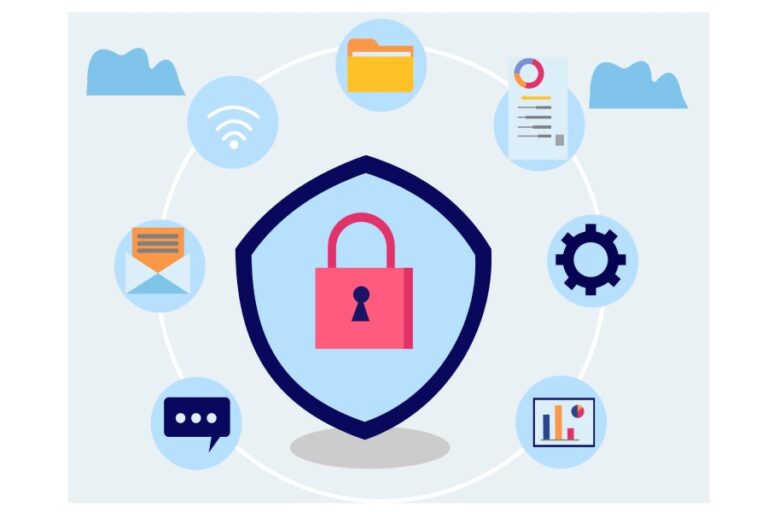
The DMARC ‘fo’ tag options and their ideal use cases
There are some optional tags in DMARC, and ‘fo’ is one of them. It stands for ‘failure options.’ The ‘fo’ tag allows domain owners to specify the conditions under which forensic (RUF) reports should be generated for SPF and/or DKIM authentication checks. There are four possible values for this tag: fo=0, fo=1, fo=d, and fo=s….
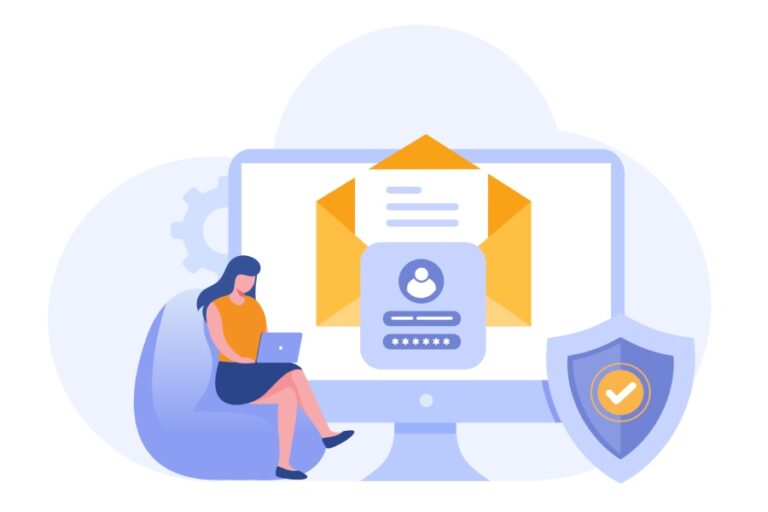
How Many DMARC Records Can I Have? Understanding Email Authentication Limits
What is DMARC? DMARC, or Domain-based Message Authentication, Reporting & Conformance, is an essential email authentication protocol aimed at safeguarding domains from being misused in attacks such as spoofing and phishing. When we think about the security of our digital communications, it’s easy to overlook how vulnerable our email systems can be without proper protection….
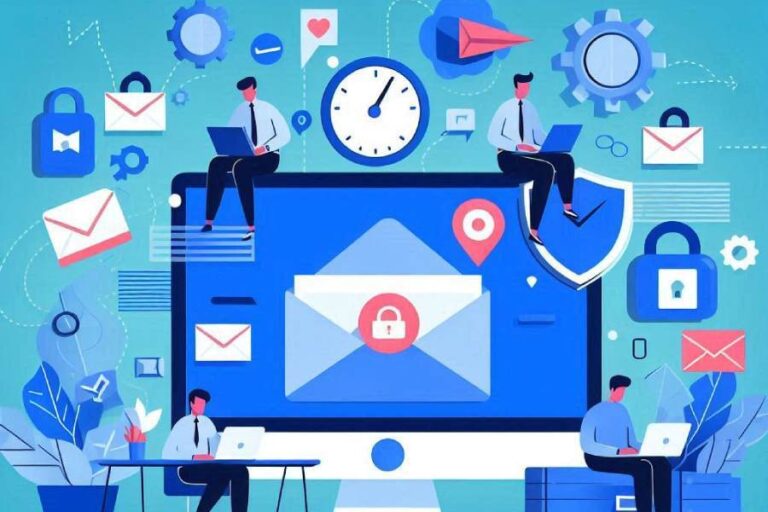
Why should MSPs prioritize DMARC for their customers?
Being a Managed Service Provider (MSP) for multiple clients is an intricate job, and they often overlook offering email security solutions, including SPF, DKIM, and DMARC. Email is an integral part of today’s corporate world, but now, this communication channel has become one of the most exploitable attack vectors. Threat actors use generative AI tools…
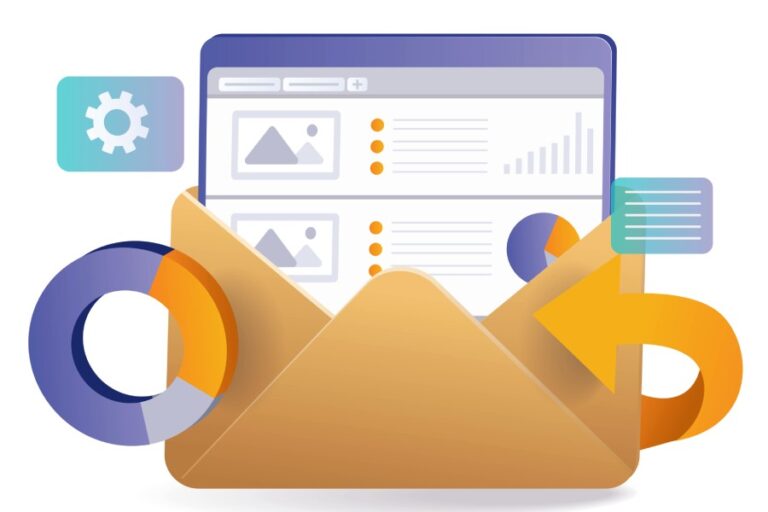
DMARC RUA Report Example: Comprehensive Guide to Email Analysis
What is a DMARC RUA Report? A DMARC RUA Report—the letters standing for “Reporting URI for Aggregate“—is a detailed document that offers domain owners insight into their email authentication processes. At its core, the report provides an overview of all the emails sent from a specific domain, including information about whether those emails passed or…
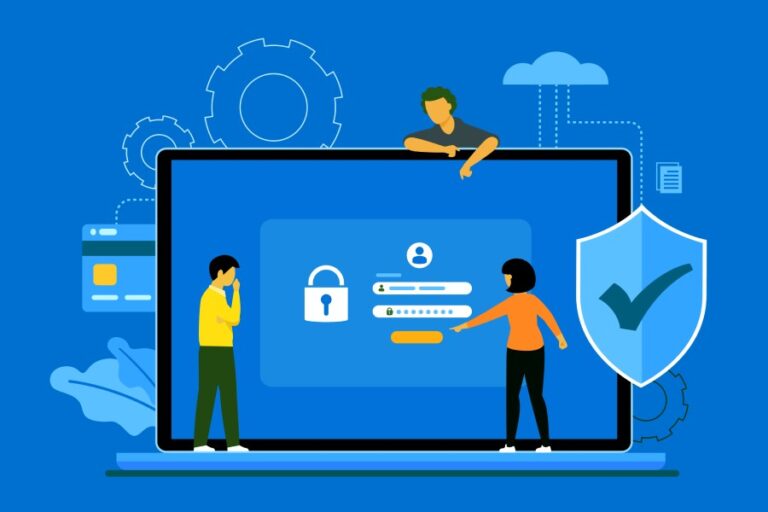
Can You Have Multiple DMARC Records? A Complete Guide for Domain Configuration
One Domain, One DMARC Record: Overview DMARC, or Domain-based Message Authentication, Reporting & Conformance, plays a crucial role in the digital landscape by helping to combat email spoofing. To ensure its effectiveness, it is imperative to maintain just one DMARC record per domain or subdomain. This declaration simplifies your email policy and enhances security measures…
Email salting attacks: the whats, whys, and hows
Threat actors always prefer staying a step ahead of the cybersecurity mechanisms. Just when brands and organizations were feeling relieved, a whole new email-based threat attack entered the scene. Known as the email salting attack, it is a clever and sophisticated move by threat actors to bypass email security measures and spam filters. The core…
